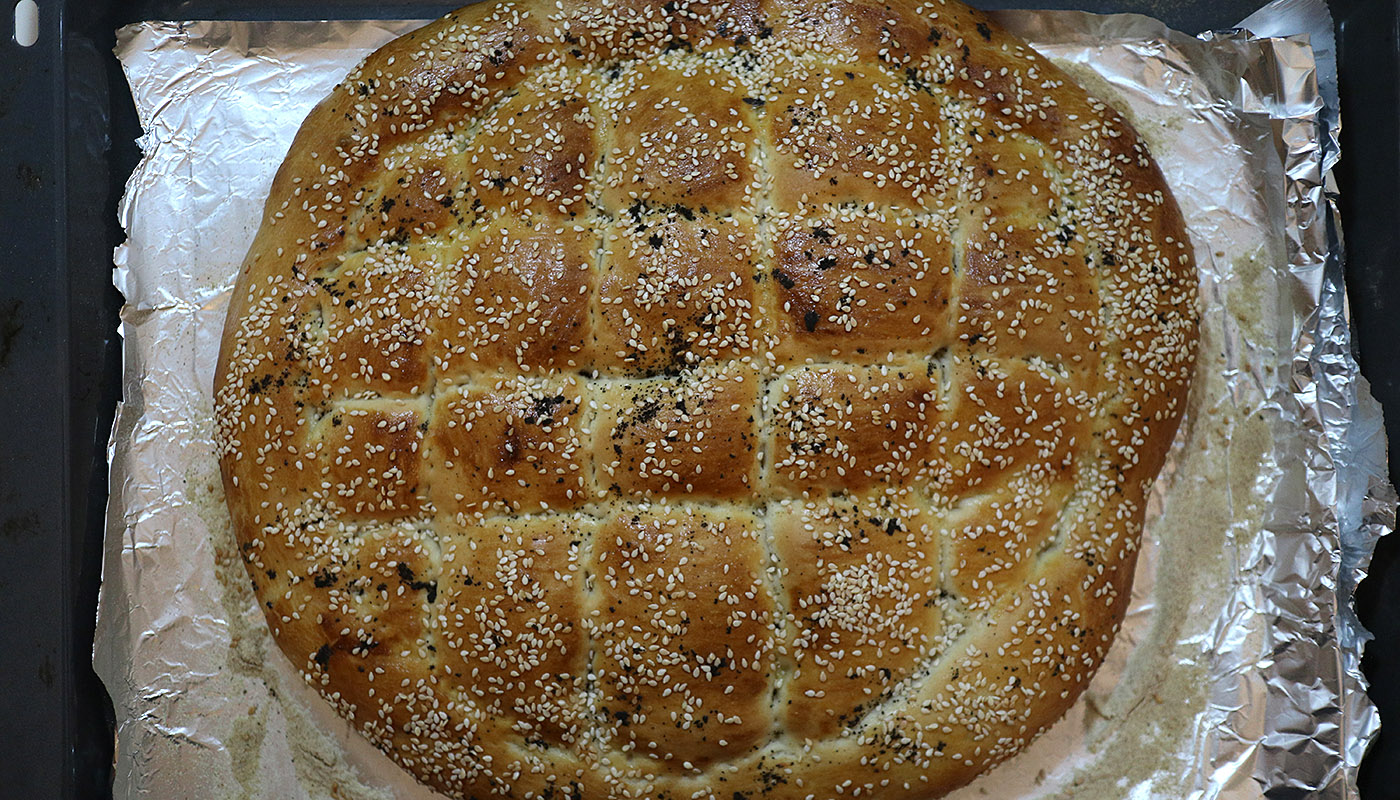
Whether the coronavirus pandemic is a Black Swan or a White Swan event, has provoked a lot of discussion over recent weeks. Nassim Taleb noted that it was a White Swan event (see his recent Bloomberg interview), because we had some warning that it could spread, earlier in the year after it had appeared in China. Indeed it is something he flagged for many weeks on his Twitter account and that we should take aggressive early action to thwart. In terms of potential risks to humanity it has been something that Bill Gates has been talking about for many years (such as his 2015 presentation).
Some of the second order effects of pandemic have however been more surprising in retrospect, in terms of those things that have been in low supply. Tried buying any gym equipment in recent weeks? It’s unlikely you’ll find anything. Another thing missing is yeast. Scour the shops, and laughter will accompany even the thought of trying to find yeast. So I’ve been trying to research ways of substituting yeast (and no, the Turkish bread above, I made with yeast). I’ve seen all sorts of ideas, ranging from using baking powder with lemon juice to trying to ferment yeast from organic fruit to using yoghurt. I’m not sure if any of these will be quite as effective as using dried yeast, but I suppose I’ll need to experiment more to find out.
Like baking, a lot of things are trial and error and a matter of research, and none more so with finance. We can try to formulate many questions and theories, but ultimately, to answer them we need to iterate through the solution many times. Transaction cost analysis (TCA) is one of those area in finance. The problem of trying to understand how much you’re paying for a trade has many degrees of freedom and you end up many questions such as:
- Which liquidity provider are you using?
- What is your execution style?
- What metrics are you calculating to judge best execution?
- What market data are you using as a benchmark?
- Are there any specific patterns in your datasets?
There can end up being a countless number of questions you could ask, so in essence, the ideal solution is to have a totally customisable solution to do TCA, where you can see the source code, change it, experiment, to answer every one of your questions and be able to drill down into the problem etc. One way to do this has to develop your own TCA software from scratch. This is very expensive and time consuming. Alternatively, you can use an external TCA service. This is much easier to setup, but it’s not going to be as customisable (eg. is it easy to swap out different market data streams?). It can also be expensive.
Cuemacro’s tcapy open source Python library gives you the advantages of both. You can experiment as much as your want with your TCA, trying different sorts of analysis, changing it, adjusting etc. because you can see all the code in front of you. Plus, we’ve spent years developing it, saving you years of development time. At the same time, given it’s open source, it’s free to download from GitHub, and won’t cost your trading desk thousands and thousands of dollars! If you want help to customise it, Cuemacro can be contracted to help code up new features for you and we also offer commercial technical support. If you want you can tcapy alongside your existing TCA solution, and compare results, to see how they can compliment one another. If your trading desk is interested in tcapy, let me know!
As for baking bread without yeast, so far I can say that yoghurt has been unsuccessful. If you have any tips on how to replace yeast in bread, also let me know!